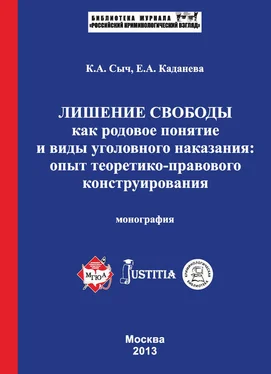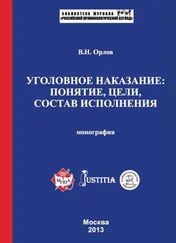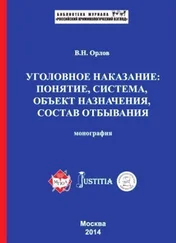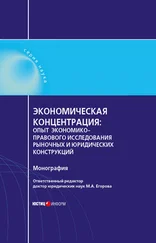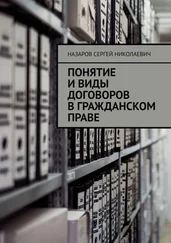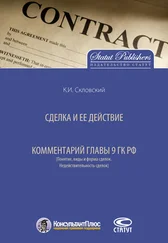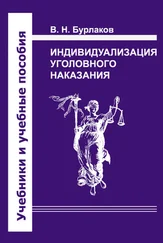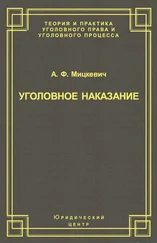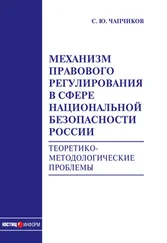8. В перспективе развития института лишения свободы его необходимо рассматривать как видовое понятие наказания, которое может быть представлено как теоретические модели наказаний, связанных с лишением свободы: тюремное заключение на срок или бессрочно и содержание в воспитательном центре.
9. Предложенная нами конструкция теоретической модели такого самостоятельного вида уголовного наказания, как тюремного заключения, предусматривает поэтапное изменение условий содержания в тюрьме в зависимости от поведения осужденного и сроков фактического отбытия наказания:
1) одиночное (круглосуточно);
2) малыми группами с помещением на ночь в одиночные камеры;
3) заключительный этап тюремного заключения – содержание осужденных в исправительной колонии полуоткрытого типа.
10. Исправительная колония имеет право на существование в будущем наряду с тюрьмой, но не как основное место отбывания лишения свободы, а как исправительное учреждение, предназначенное для отбывания заключительного этапа тюремного заключения.
11. Наиболее оптимальным представляется закрепление содержания в колонии-поселении в качестве самостоятельного вида наказания, не сопряженного с лишением свободы. При этом слово «колония» в переводе с латинского буквально означает «поселение», поэтому вид наказания следует именовать «ссылкой на поселение», а исправительные учреждения, в которых он будет исполняться – «поселениями, т. е. учреждениями открытого типа».
12. Ссылку на поселение необходимо рассматривать как самостоятельный вид наказания. При этом замена неотбытой части тюремного заключения более мягким видом наказания в виде ссылки на поселение недопустима, чтобы обеспечить раздельное содержание различных категорий осужденных, поскольку для подготовки к освобождению осужденных, отбывающих тюремное заключение, предусмотрена исправительная колония полуоткрытого типа для исполнения заключительного этапа тюремного заключения.
13. Исправительные учреждения открытого типа и полуоткрытого типа, должны быть предназначены для исполнения двух разных самостоятельных видов наказаний:
– исправительные учреждения открытого типа (поселения) – для исполнения уголовного наказания в виде ссылки на поселение;
– исправительные учреждения полуоткрытого типа (исправительные колонии) – для исполнения заключительного этапа тюремного заключения.
14. В перспективе развития института лишения свободы как видового понятия наказания, наряду с тюремным заключением на срок или бессрочно, нами предложена и разработана теоретическая модель самостоятельного вида уголовного наказания – содержание несовершеннолетних осужденных в воспитательном центре.
The results of the research, that we have done, lead to the following conclusions on the solving of the analyzed problem:
1) Within the Soviet period, the priority among the correctional facilities was given to the correctional working settlements, not prisons, which were traditional correctional facilities for hundreds of years within the penitentiary system of Russia, conditioned by the public use of the labor of the convicts. Thus, the modern criminal executive legislation of the Russian Federation denies the working aspect and there appears the necessity to reform and re-build the whole system of correctional facilities and the restoration of prisons instead of the correctional settlements.
2) According to the acting criminal legislation (The Criminal Code of the Russian Federation of 1996), the deprivation of freedom is not a specific name, but a generic term to such criminal penalties as a freedom deprivation to a definite term, life imprisonment and arrest. They could be brought to the peer group because all of them possess the same feature, which is «isolation of the convict from the society”.
3) The essence of the arrest corresponds to the essence of the imprisonment, that is why the arrest as a type of the criminal penalty should cease to exist not only in practice (because of the absence of detention home to execute arrest), but also formally, excluding arrest from the Criminal Code of the Russian Federation.
4) Life imprisonment and freedom deprivation for a definite term differ from each other only by the quantitative index, thus representing varieties of freedom deprivation as a generic term, that is why they are more expedient to be analyzed as a unified type of the criminal penalty – term or termless imprisonment.
5) In order to define the contents of freedom deprivation, it is necessary to apply the method of systematic studying of this type of penalty, pointing out the following elements: object, objective side, subject, subjective side, where the object of the penalty defines its contents. The object of the penalty is not a person itself, but rights and freedoms, belonging to it, provided by the law and secured by the State.
6) The category of “freedom deprivation” as a legislative term should be replaced by that of “imprisonment”, because criminal penalties, connected with freedom deprivation, do not deprive the right for freedom, secured by the Constitution of the Russian Federation, but only temporarily limit its maintenance, thus the moral aspect of freedom does not suffer the penalty.
7) Taking into account the essence and contents, the author proposes a legislative definition of imprisonment, “Imprisonment consists in the isolation of the convict from the society, by which s/he suffers the limitations in the freedom of migration, choosing the place of habitation and working, right to elect and be elected, right to unite, freedom of meetings, right to participate in State governing and to equitable access to the State service, right to participate in ministering justice, by placing him/her to the prison of common, medium or particular treatment regime or to the correctional medical facility for a term or termless”.
Читать дальше
Конец ознакомительного отрывка
Купить книгу
